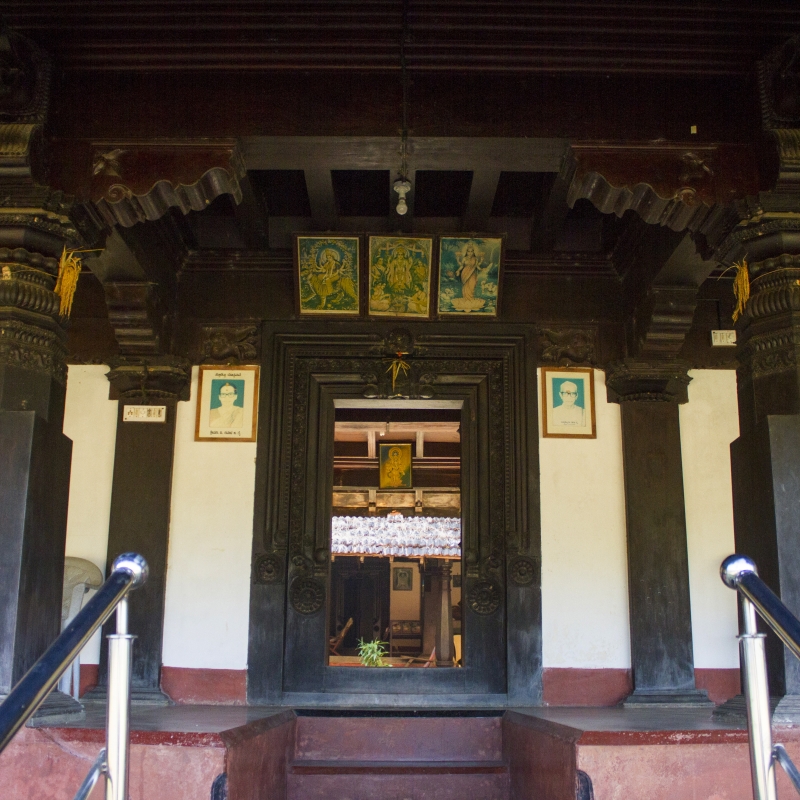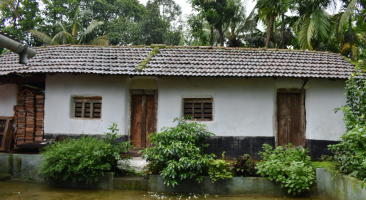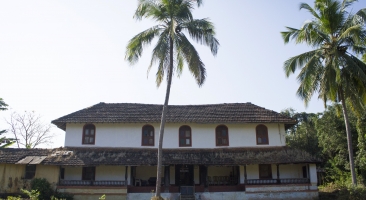There are over 300 architecturally, culturally and religiously distinct homes across Tulunadu (coastal Karnataka ranging from Dakshina Kannada to Kasargod in Kerala) that stand as physical representations of Tulu culture. These homes, known as guttumane, emerged in the region around the fifth century because of an effective administrative strategy employing decentralisation of power, and have been sustained to the best possible extent till date.
Few native Tulu practices such as bhootakola (spirit worship) and kambala (marshy field buffalo race) have gained nationwide attention, but the facilitating entity of all such practices, these guttumanes, remain unknown to most people. These homes and their owners are the facilitative factors for such events because guttu owners used to be the village heads back in time, and all activities of the village were led by them. Though they are administratively no more the heads of the villages, they are still culturally as relevant, which infers that cultural and folk events still take place only in their presence and under their leadership. The architecture of the guttumanes reflects the ancient lifestyle and its paradigms in Tulunadu; these homes, hence, are architecturally and culturally the vestiges to Tulu lifestyle.




